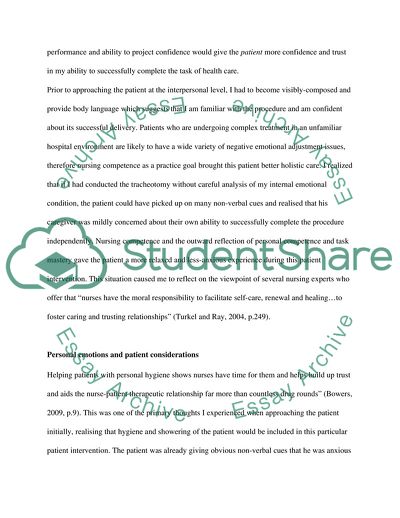Cite this document
(Reflective Journal of Clinical Experience Essay, n.d.)
Reflective Journal of Clinical Experience Essay. https://studentshare.org/nursing/1730335-reflective-journal-of-clinical-experience
Reflective Journal of Clinical Experience Essay. https://studentshare.org/nursing/1730335-reflective-journal-of-clinical-experience
(Reflective Journal of Clinical Experience Essay)
Reflective Journal of Clinical Experience Essay. https://studentshare.org/nursing/1730335-reflective-journal-of-clinical-experience.
Reflective Journal of Clinical Experience Essay. https://studentshare.org/nursing/1730335-reflective-journal-of-clinical-experience.
“Reflective Journal of Clinical Experience Essay”. https://studentshare.org/nursing/1730335-reflective-journal-of-clinical-experience.


